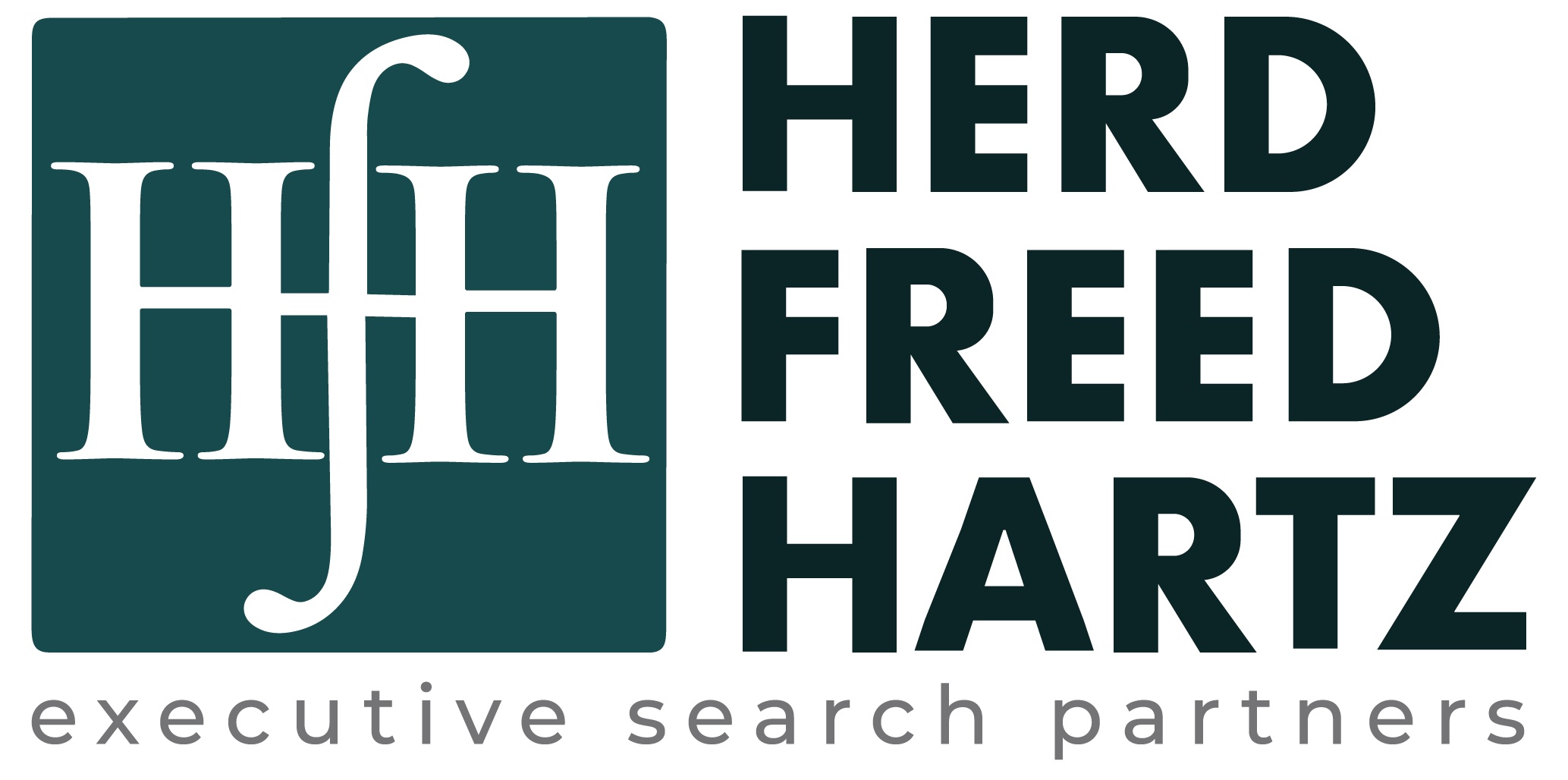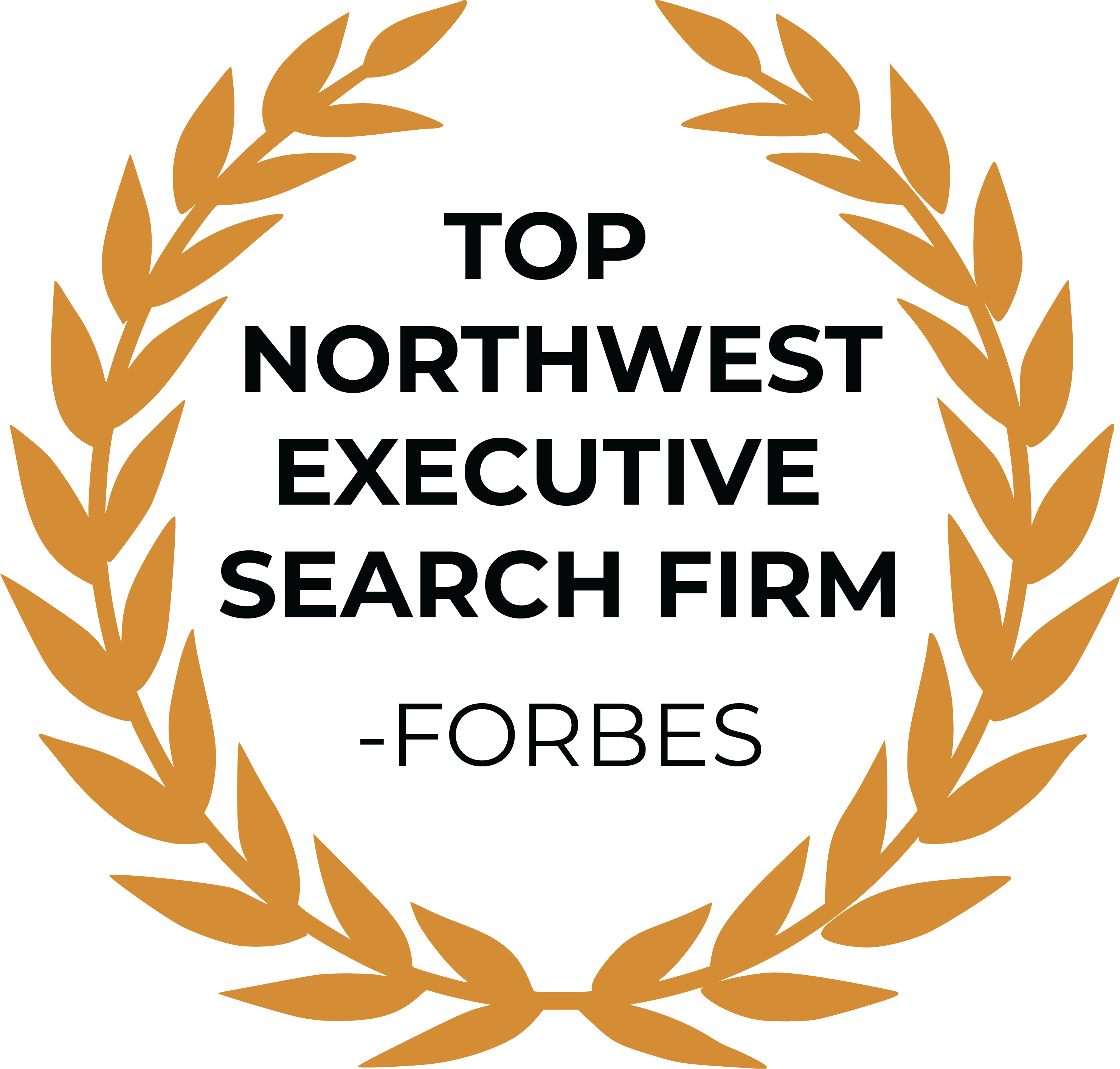Pivoting to Virtual Hiring
By Karen Bertiger, Managing Director
Six months ago most organizations would have shunned the idea of a completely virtual hiring process. How can you assess a candidate’s culture fit without sitting across a table from them? How can you onboard a new employee without those essential impromptu hallway conversations and company immersion? At Herd Freed Hartz we have been assisting clients who have had to swiftly adapt to a virtual hiring model because their hiring needs haven’t eased even during a pandemic.
For the first few weeks, many clients put recruiting efforts on hold. But as time wore on and it became clear the pandemic wasn’t going to go away any time soon, companies were forced to create a workable “new normal.” As leaders in the executive search space, it was our responsibility to help our clients navigate a situation that had no precedence.
Fortunately, we were already experts at virtual hiring. Long gone are the days when “headhunters” traveled the globe interviewing candidates; the industry found that by using video conferences we saved our clients both time and money. But that solution evolved over a period of years; we were asking our clients to pivot to a completely unfamiliar – and for some uncomfortable – process on a dime.
Now that we are five months into the pandemic, we are starting to see the results of hires made entirely virtually and decided to check in with both the clients and the candidates to see how it was working out. What we learned was that, for the most part, companies have not only adapted to virtual hiring and onboarding processes but have been pleasantly surprised by the freedom and flexibility they provide. And thanks to some quick pivots by executive and human resources teams, the new employees haven’t missed a beat.
VIRTUAL HIRING
Across the board, companies credited a reliable video conferencing platform, like Zoom or Microsoft Teams, as the most critical tool for the virtual hiring process to be successful. In those first few weeks, most companies hadn’t had a chance to assess and select one for themselves, so as their search partner we hosted a platform for them so they wouldn’t lose time.
Takeaway: Find a reliable video conferencing platform that works for your organization, and be consistent with that platform.
Ron Howell, CEO of Washington Research Foundation, had launched a critical search with us for a Director of Grants right before the pandemic hit. This wasn’t a role that could be put on hold; the predecessor had announced her retirement, and the Washington Research Foundation’s grant awards were critical to entrepreneurs who were solving a wide range of medical and technical challenges, including eradicating diseases like COVID-19.
“I was worried we wouldn’t have enough time to socialize [with the candidates] and really determine EQ skills,” Howell said. “But ‘meeting’ our candidate over video conference multiple times alleviated that concern. In fact, any fears I had about hiring during the pandemic turned out to be unfounded. Herd Freed Hartz was invaluable in helping us figure out alternatives to traditional interviewing. They guided and advised us throughout a process nobody was familiar with and ultimately we couldn’t be happier with our new hire.”
Howell hired the Director without ever having met him in person.
Takeaway: Don’t be afraid to give virtual hiring a shot. You may be pleasantly surprised to find it’s really not that different, and you can still assess culture fit by leveraging a search firm’s expertise.
“COVID interviews are tricky,” says Lisa Edwards, Superintendent of Verdant Health, who herself was onboarded during the pandemic and is now conducting the hiring for her organization. “Don’t wait for COVID to go away before making hiring decisions but be aware of how priorities have changed for the workforce. Candidates want to know what safety measures are in place. Be prepared to discuss the company’s re-opening plan. What are the steps the company is taking to ensure health safety? Do you have a contact-tracing log? How often are surfaces cleaned, and what deep-cleaning is taking place?”
It’s also important to discuss upfront the company’s policy on working in the office. Is there the option to work 100% virtually? If so, what tools and resources will the company provide? If not, what safety measures are in place? Whether or not a company is open to providing employees with the option to work from home is a key differentiator when it comes to attracting talent right now.
Takeaway: Be prepared to address pandemic-related questions and concerns from candidates and to offer flexible solutions.
A $2b Seattle-based company that engaged Herd Freed Hartz on an executive search for a VP of Human Resources was on top of the virtual hiring experience immediately. “We’ve been hiring virtually this whole time,” says Allison [last name redacted for confidentiality], the candidate identified through Herd Freed Hartz who was hired virtually herself, and is now overseeing the virtual hiring process for the company. “The recruiting team has found that working remotely has allowed more flexibility because we’re not scheduling around physical space. We can meet people where they are, which is usually at home. We have a lot more scheduling freedom; we don’t have travel logistics, so we can access people’s time more easily. It’s gone well for us, and the transition has been pretty seamless.”
Takeaway: Virtual hiring can actually be faster and easier!
David Shoultz, now Director of Grants for the Washington Research Foundation, found himself going through multiple interview processes at the start of the pandemic. He brings the perspective of how different companies reacted to events. “WRF managed [the virtual process] much better than others did. The CEO did a great job of moderating the video conferences. Even when I had to give a presentation, it was just as easy, if not easier, to present over video.” In contrast, another company he was speaking with adopted a “wait and see” approach, delaying their search and ultimately taking them out of the running for Shoultz as a prospective employer.
“WRF was the exception to my experiences interviewing during the pandemic,” says Shoultz. “Most companies were really struggling with the technology and the comfort level of hiring and onboarding virtually. I got to see how multiple companies reacted to and coped with uncertainty. It was a very interesting insight I may not have seen in more normal circumstances.”
Takeaway: This is a candidate’s chance to see how the organization handles itself, and treats its employees, under pressure.
We are living through history right now, and history has shown times of strife breed opportunity for creativity and innovation. While there will be an adjustment period as companies pivot to virtual hiring, the results we are seeing have been just as successful as hires made before the pandemic began, with a few fringe benefits to boot.






